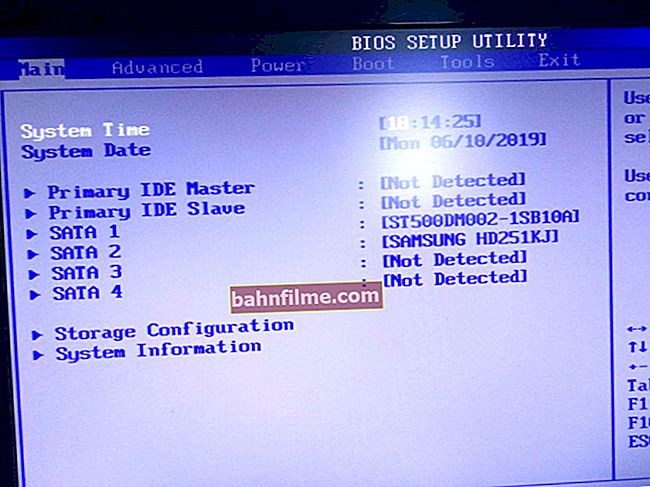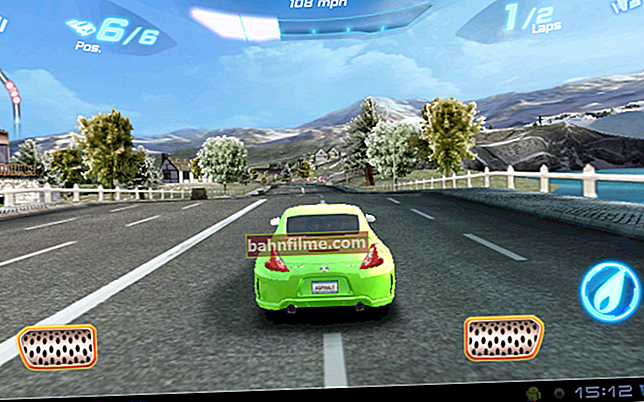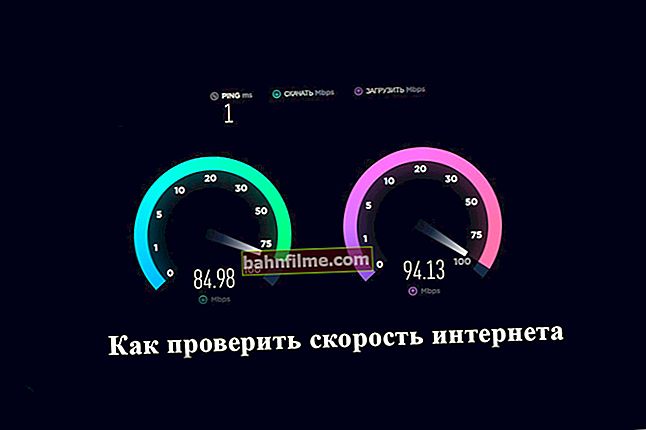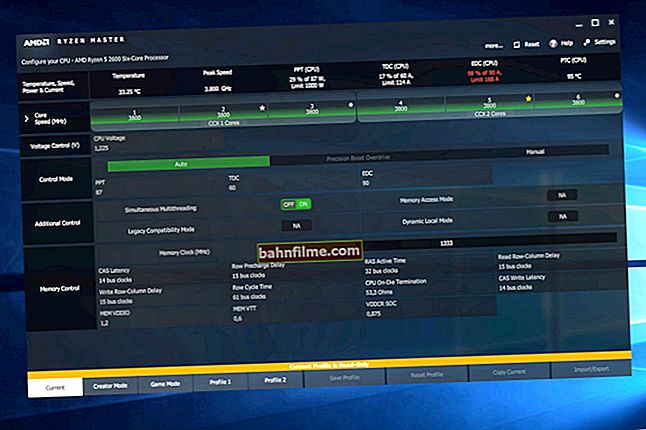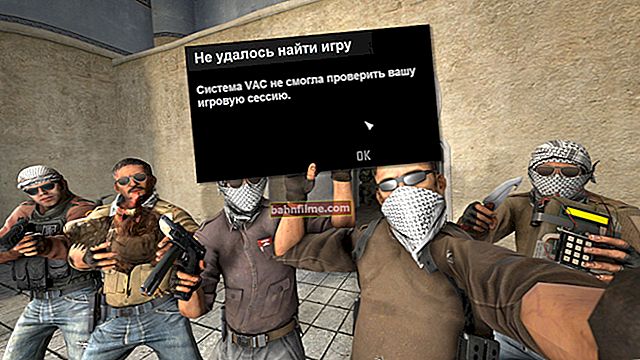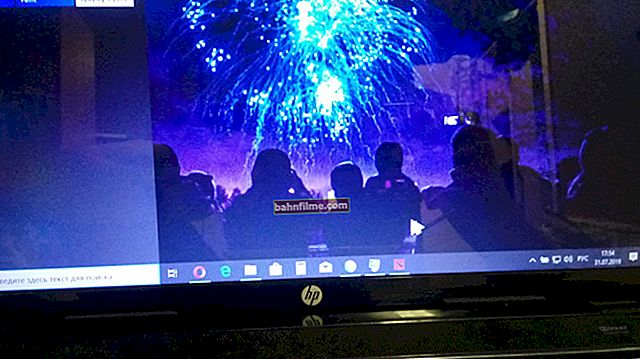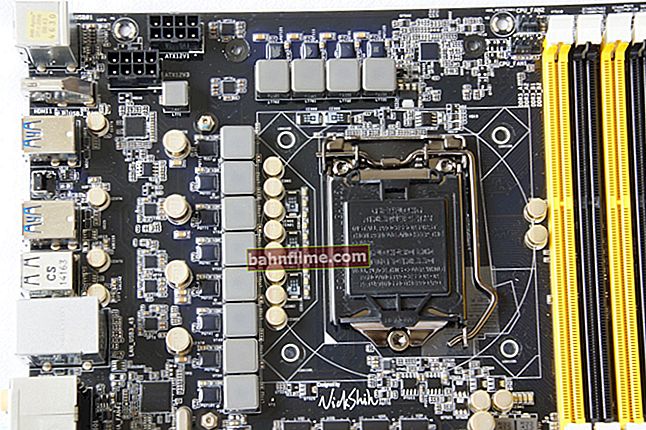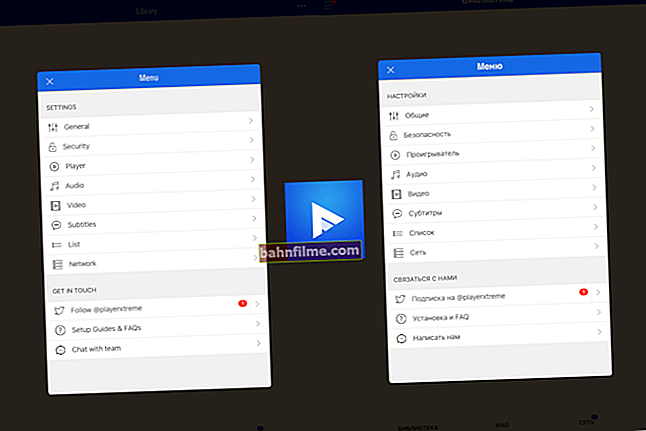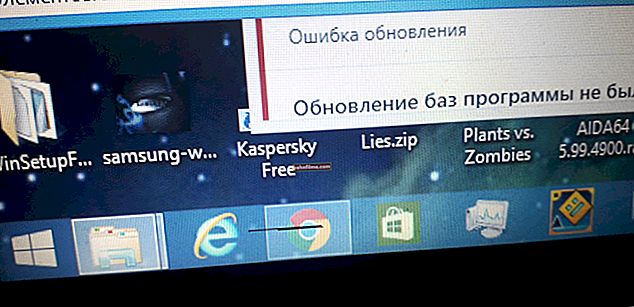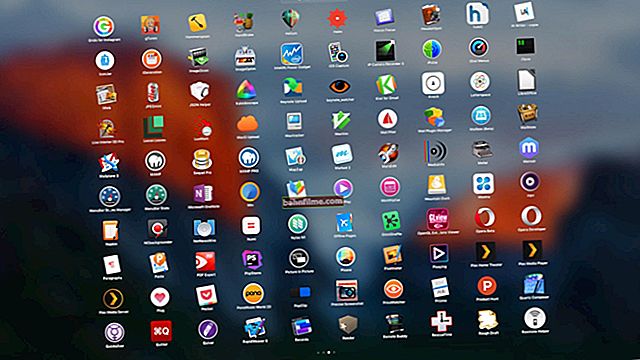
User question
Hello.
I have a 1000GB external hard drive and use it to store photos and videos. Not so long ago I connected it to my PC and copied several folders. During the operation, electricity blinked and everything turned off.
After turning on, I went to the disk and saw the error that "Access to F: \ is not possible. The file or folder is damaged. Reading is impossible ...". Is there any way to recover files?
Hello.
In general, there are many reasons for such an error: from a banal software error to the failure of the HDD mechanics. In your case (most likely) the error is related to unsafe disk ejection (file system errors are possible). Usually, this can be eliminated fairly quickly using the command line (more on that below).
By the way, a similar error can occur on other drives: USB sticks, SSDs, SD cards, etc.

The file or folder is damaged ... - an example of an error
*
Reasons for this error and what to do ...
❶
Check the drive connection
First, don't settle for formatting your drive (or fixing errors) that Windows might suggest.
Secondly, first try connecting the drive to a different USB port, this is also true for flash drives. You can also recommend connecting the drive to another PC / laptop for diagnostics.

USB stick
By the way, if you connect an external hard drive through various splitters (and adapters) - try to abandon them for a while (often, errors may occur due to the fact that many devices are connected to one USB port and the current is simply not enough for normal operation disk).

USB hub
❷
SMART disk
If a problem occurs with an SSD or HDD, then first of all I recommend looking at the SMART disk.
Note: SMART is a self-diagnostic system of the disk that monitors its status. Ideally, she should have time to inform you in time if problems started with the disc and it is time to change it ...
It is convenient to use the CrystalDiskInfo utility to view SMART. She will show not only little-understood SMART attributes, but also make her own conclusion on them - which is what we need! (Pay attention to the screenshot below - it shows two disks: a normal one, and which has already started to "crumble").
Ideally, if everything is in order with the disk, the technical condition should appear "Okay" (and there should be no red lines among the attributes).

CrystalDiskInfo - disk analysis
If the technical condition of the HDD is bad!

How to check the hard disk for errors and bad sectors (bad blocks), and how to fix them. How to work with Victoria program in DOS and Windows - //ocomp.info/proverit-hdd-na-oshibki-bed-bloki.html
❸
Fixing file system errors
If the SMART disk showed that "everything is bad" with the disk, then the first thing I would recommend is to try to make a backup of the files (which can be read). In addition, specials. utilities can scan the disk and recover even invisible files (see the next paragraph of the article).
Now how to check the disk for file system errors.
Method 1
You must run the command line as administrator ... To do this, you need to open Task Manager (shortcut Ctrl + Shift + Esc) and create a new task: to line "Open" to write cmd, check the box that the task must be with administrator rights and click OK. See screenshot below.

Run command line as admin
Next, on the command line, you need to writechkdsk v: / f and press Enter (note: "v:" is the letter of the drive you want to check).

chkdsk v: / f - check disk
Method 2
A similar operation can be done without the command line (via the explorer). True, in some cases, the conductor may freeze (then, see method 1).
And so, first you need to open Explorer (Win + E) and go to the "My Computer" tab). After open properties the drive on which the error occurred.

Disk properties
Next, go to the tab "Service" and press the button checks disk.

Check disk for errors
Then confirm the start of the check and wait for its completion.

You won't be able to use the drive while Windows fixes errors
❹
About file recovery
Even if files are not visible on your disk now, when you enter a folder, it is possible to restore most of them using specials. utilities.
Note: it's all about one thing ... You've probably noticed that the copy operation takes much longer than the deletion. Do you know why? It's just that when you delete information from an HDD disk, it is not physically erased from the disk pancakes, just Windows thinks that "such and such" sectors have become free and new information can be written into them ...
That is, until you completely format the disk (or write new files to it), most of the information can be recovered!
In general, the recovery operation has its own nuances, so I recommend that you familiarize yourself with one of my previous articles (the link below, it has been checked many times - hundreds of people have already restored files using it).
Instructions! How to recover files from SD card, flash drive or external drive (step by step) - //ocomp.info/kak-vosstanovit-foto-s-sd-karty.html

Several recovery options (clickable) / R.Saver utility
To help!

10 free programs for recovering deleted data: files, documents, photos - //ocomp.info/10-programm-dlya-vosstanovleniya-dannyih.html
❺
It is possible that your disk (flash drive) is infected with a virus
If Windows does not find logical errors on the disk, the SMART disk shows that everything is not bad with it, the drive did not fall, and everything seems to be in order with it - pay attention to viruses ... There are some types of viruses that can not only hide (delete) files from the drive, but also make disks invisible, format them, etc.
Even if you already have an antivirus installed on your PC, I recommend downloading some online version of the antivirus (it does not require installation and can work simultaneously with the installed antivirus). About what and how to check - you can find out from my previous articles, links below.
To help!

How to remove viruses from your computer if the antivirus does not see them - //ocomp.info/esli-antivirus-ne-vidit-virusov.html
How to check a USB flash drive for viruses and clean it - //ocomp.info/kak-proverit-fleshku-na-virusyi.html
❻
How to recover an external HDD
If your external hard drive does not show signs of life and all of the above tips did not help in any way, you can try to restore it at home (Important! This option is suitable only for those who do not have very necessary documents on the disk and who are not going to carry it to the service) ...
The bottom line is this: an external drive is usually a small "box" with a drive and a controller board inside. In half of cases of problems with an external HDD, this board is the problem. You can carefully disassemble the external case, remove the drive itself and connect it to the laptop / PC directly (or through an adapter to the USB port, see the screen below).
To help!
Repairing an external hard drive at home // trying to restore functionality - //ocomp.info/remont-vneshnego-zhestkogo-diska.html

Disk removed from case
By the way, you can buy such adapters in Chinese online stores. I recommend looking at one of my previous articles (link below) - it contains 10 of the most useful things for a PC, which are purchased for "pennies" (including this adapter).
Top 10 best computer products from China with free shipping - //ocomp.info/podborka-tovaryi-iz-kitaya.html

SATA to USB adapter
*
That's all for now, happy recovery!
👀
